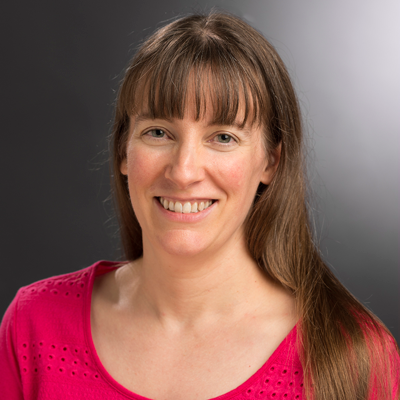Join CSE and the School of Physics for a joint seminar with Elizabeth Cherry, associate professor at the Rochester Institute of Technology
"Computational Modeling of Electrical Dynamics in the Heart of Using Data Assimilation"
Wednesday, January 16th
TSRB Auditorium
11 am - 12 pm
Abstract:
The heart is an electro-mechanical system in which, under normal conditions, electrical waves propagate in a coordinated manner to initiate an efficient contraction. In pathologic states, single and multiple rapidly rotating spiral waves of electrical activity can appear and generate complex spatiotemporal patterns of activation that inhibit contraction and can be lethal if untreated. Computational techniques have helped in explaining how these three-dimensional scroll waves underlie many cardiac arrhythmias, but limitations associated with making observations in the thickness of cardiac muscle have hindered a detailed understanding of the specific mechanisms responsible for reentrant wave formation and breakup. To further this effort, we apply data assimilation, a technique commonly used in weather forecasting, to recover the three-dimensional dynamics of reentrant waves in the heart. Specifically, our approach combines feasible dual-surface observations from a particular experiment with predictions from a numerical model to reconstruct the full three-dimensional time series of the experiment. In this talk, our implementation uses model-generated surrogate observations from a numerical experiment to evaluate the performance of an ensemble Kalman filter in reconstructing such time series for complex dynamical states including three-dimensional scroll waves. We show that our approach is able to recover time series of both observed and unobserved variables matching the truth. Where nearby observations are available, the error is reduced below the synthetic observation error, with a smaller reduction with increased distance from observations. Our findings demonstrate that state reconstruction for spatiotemporally complex cardiac electrical dynamics is possible and has the potential for successful application to real experimental data. To conclude this talk, we briefly describe several other avenues of research and computational methods developed to solve problems that intersect mathematics, physics, and physiology.
Biography:
Elizabeth Cherry received a BS in Mathematics from Georgetown University and a PhD in Computer Science from Duke University focusing on efficient computational methods for solving partial-differential-equations models of electrical signals in the heart. Over the years, her work has involved many different aspects of arrhythmia modeling, including model development and validation, design and implementation of efficient solution methods, and applications to understand the mechanisms responsible for particular complex dynamical states. She is presently an Associate Professor in the School of Mathematical Sciences at the Rochester Institute of Technology. She is also the Director of a new PhD program in Mathematical Modeling that trains students to formulate and solve mathematical and computational models of real-world phenomena in biology and medicine, environmental systems, complex networks, and other areas. She has received several awards for outstanding faculty of the year as well as for student mentoring and diversity, and her research has been supported by NSF and NIH grants.
Anna Stroup: astroup@cc.gatech.edu

Associate Professor at the Rochester Institute of Technology
